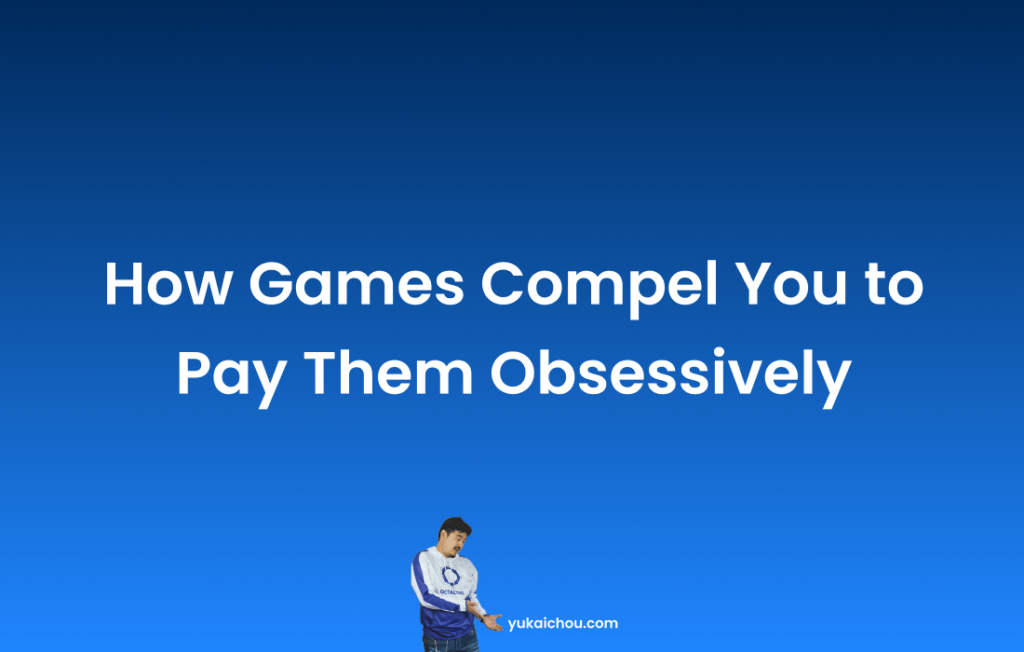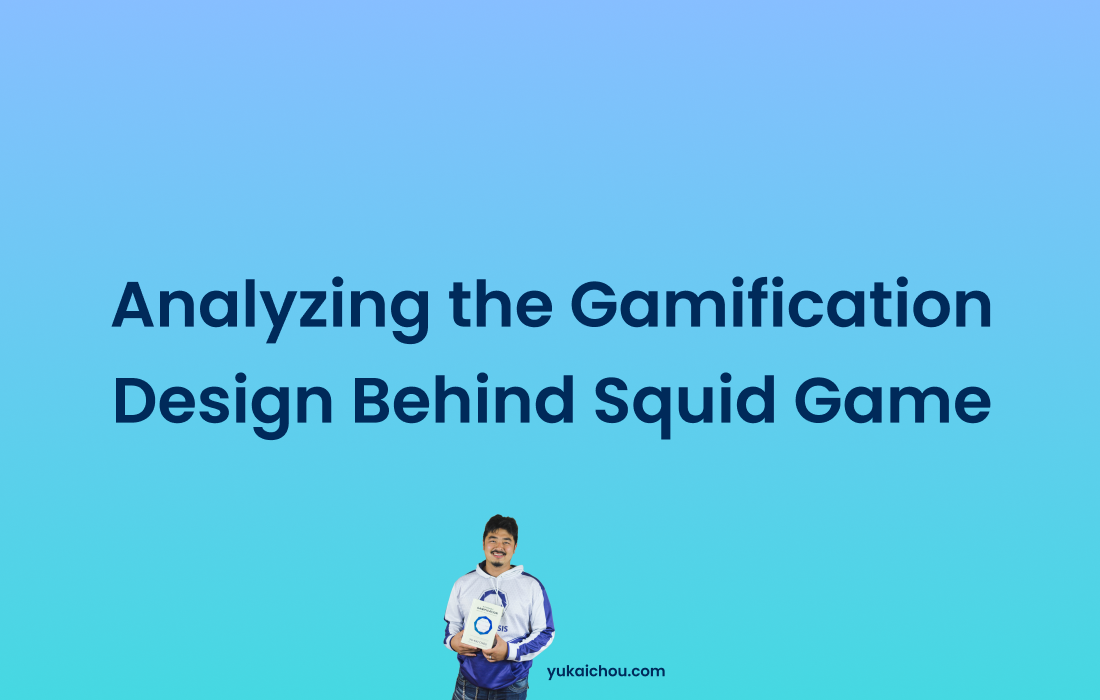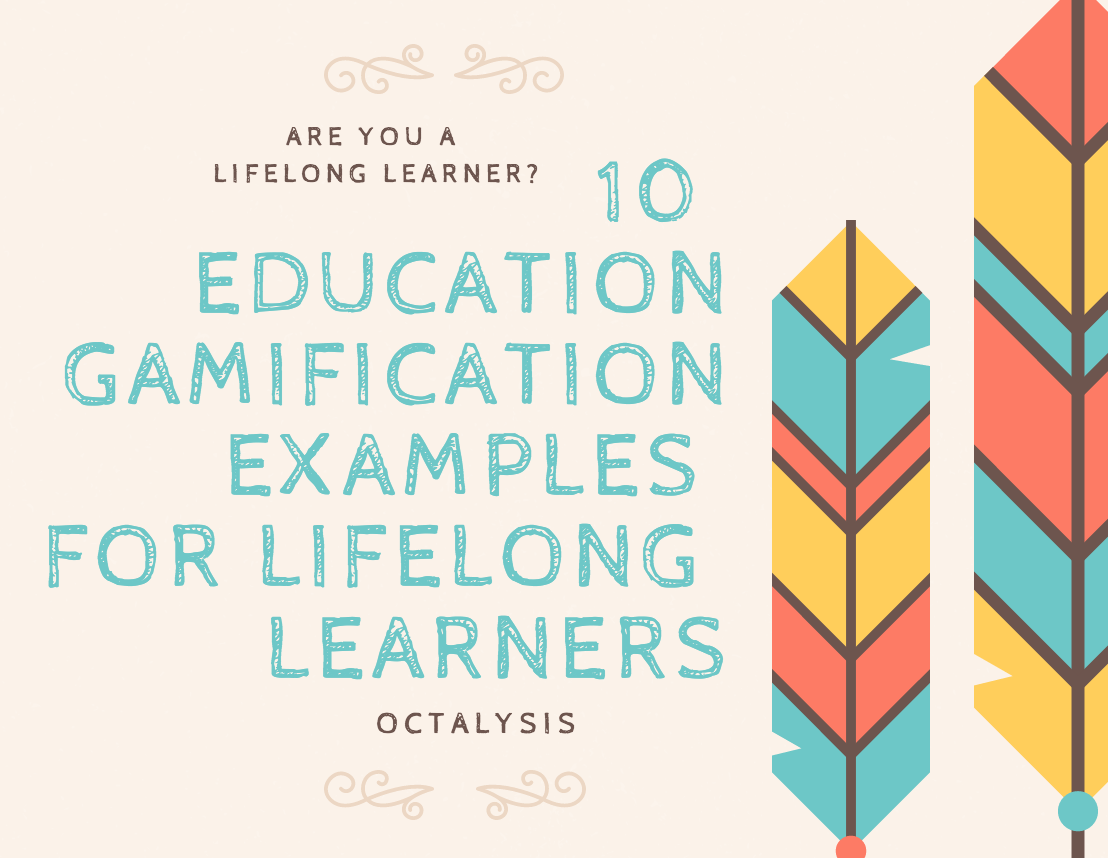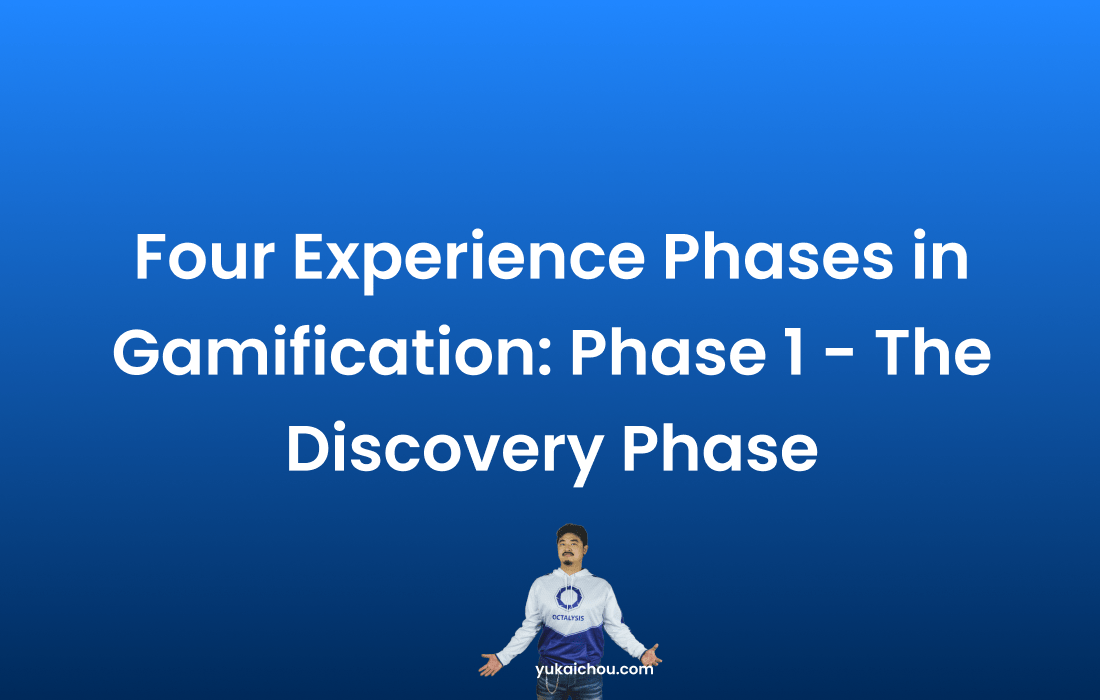 (Below is a manuscript snippet of my book, Actionable Gamification: Beyond Points, Badges, and Leaderboards. Please subscribe to the mailing list on the right to order the book when it launches. This post may be moved into a Premium Area after a certain period of time).
(Below is a manuscript snippet of my book, Actionable Gamification: Beyond Points, Badges, and Leaderboards. Please subscribe to the mailing list on the right to order the book when it launches. This post may be moved into a Premium Area after a certain period of time).
Dangling and Anchor Juxtaposition: Monetization in Social Games
Many social games on the market also use Core Drive 6: Scarcity & Impatience (one of the Black Hat Core Drives) to monetize heavily. Often times it’s a combination of Anchore Juxtaposition (Game Technique #69) and Dangling (Game Technique #44).
For instance, when you go on a game like Farmville, you initially may think, “This game is somewhat intriguing, but I would never pay real money for a stupid game like this.”
Then, Farmville implements Dangling and regularly shows you a mansion that you want, but can’t have. The first few times, you just dismiss it, as you inherently know it wouldn’t be resource-efficient to get it.
But eventually, you start to develop some desire of the mansion that’s constantly dangling there. Just from a tad of curiosity, you do a little research and see that the game requires 20 more hours of play before you can afford to get the mansion through game currency.
Wow, that’s a lot of farming! But then, you see that you could just spend $5.00 and get that very mansion immediately.
$5 to save 20 hours of my time? That’s a no-brainer!
Now the user is no longer paying $5 to buy some pixels on her screen. She is spending $5 to save her time, which becomes a phenomenal deal. You see how game design can mess around with peoples’ value systems?
The very strange phenomenon here, is that most of these games can be played for free; however, people are spending money so they could play less of the game. That’s the odd nature of Scarcity & Impatience.
Scarce but not Screwed
An important factor to consider when using Dangling is the pathway to obtaining the reward. You have to allow the user to know that it’s very challenging to get the reward, but not impossible.
If it is perceived as impossible, then people turn on their Core Drive 8: Loss & Avoidance modes and go into self-denial. “It’s probably for losers anyway.”
For example, if you see an exclusive organization dangled in front of you, but then you see the prerequisite to join is that you have to be a Prince or Princess through royal blood, you might not even look at what the organization does, but may just think, “Who cares about a bunch of stuck up, spoiled brats?”
There is no motivation, and in fact, it activates Core Drive 8 as an Anti-Core Drive – the drive to NOT participate.
However, if the sign said, “Only Princes/Princess OR people who have previously ran a marathon can join.” Now you are motivated, and might even ponder in your head the work required to run a marathon.
As long as there is a realistic chance, the Scarcity and exclusivity itself is enough to engage your mind. The interesting thing is, you still haven’t even figured out what the organization actually does! Without any information on the function-focused, the human-focused motivation of Scarcity is motivating you towards running a marathon.
The Powers of Anchor Juxtaposition
This leads to a game technique I call Anchor Juxtaposition, where you place two options side by side: one that costs money, and the other that requires a great amount of effort towards the Desired Actions that benefit the system.
For example, a site could say, “You have two options to get this reward: 1. Pay us $20 right now, or 2. Commit a ridiculous amount of Desired Actions such as “Invite your friends,” “Upload photos,” “stay on the site for 30 days in a row.”
When that happens, you will see many users irrationally engaging in the Desired Actions, because they feel like doing the Desired Actions is like earning money. You’ll see users slaving away for dozens or even hundreds of hours, just so they could save the $20. At one point, many of them would realize that it’s a lot of time and work, and at that point, the $20 purchase option becomes more appealing and they end up purchasing that. Now your users have done both: paid you money, and committed a great deal of Desired Actions. It is worth reminding here again that rewards can be physical, emotional, or intellectual.
Rewards don’t have to be a financial reward, nor does it need to be a badge (people hardly pay for those). In fact, based on Core Drive 3: Empowerment of Creativity & Feedback principles, the most effective rewards are often times Boosters that allow the user to go back into the ecosystem and play more effectively, which becomes a streamlined activity loop. With Anchor Juxtaposition, you must have two options for the user. If you simply put a price on the reward and say, “Pay now, or go away.” Many users will go back to the CD8 Denial mode and think, “I’m never gonna pay those greedy bastards a single dollar!” and leave.
However, if you just put on your site, “Hey! Please do all these Desired Actions, such as invite your friends and complete your profile!” users often don’t feel any motivation to do those activities because they clearly recognize it as being beneficial for the system, but not for themselves (“Yes, but what do I get from it?”).
Only when you put those two options together (hence Juxtaposition), do people become more open to both options, and often times commit to doing both consecutively. But does this work in the real world, outside of games? You bet.
Dropbox is a File Hosting Service company based in San Francisco that has obtained extraordinary popularity and success.
When you first sign-up to Dropbox, it tells you that you could either 1. Pay to get a lot of storage space, or 2. Invite your friends to get more space. At the beginning, most people started inviting their friends (as well as complete a small list of Desired Actions). 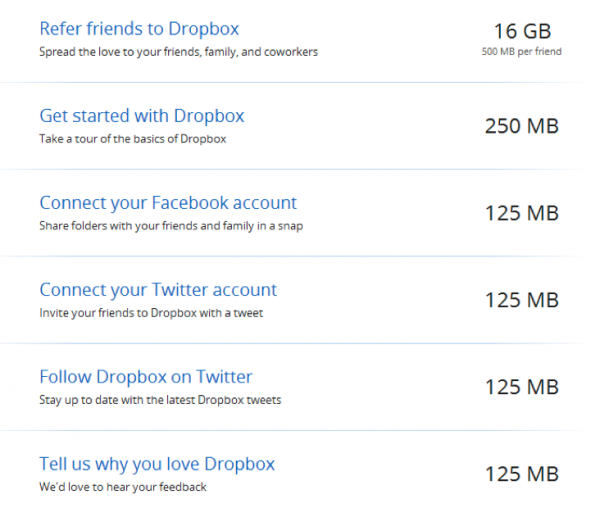 Eventually, many of those users who are committing the Desired Actions decide that inviting/harassing their friends is a lot of work, but they still need a lot of space, and they end up paying. Again, because of the Anchor Juxtaposition, users commit both the Desired Action, and pay for the full product, just like I did.
Eventually, many of those users who are committing the Desired Actions decide that inviting/harassing their friends is a lot of work, but they still need a lot of space, and they end up paying. Again, because of the Anchor Juxtaposition, users commit both the Desired Action, and pay for the full product, just like I did.
Dropbox’s viral design, along with a great seamless product, accelerated the company to reportedly raise over $300 Million with a valuation that is around $10 Billion and revenues above $200 Million in 2013. Not too shabby for a company that didn’t exist seven years prior.
The Value of Rare Pixels
In a previously mentioned game Geomon (where I was an Advisor for before the studio was acquired by Yahoo and the game discontinued), gamers try to capture many monsters in order to fight against each other. The game is similar to Pokemon, but influenced by the environment where the gamers are physically based, such as next to a river or dessert.
In Geomon, there are certain scarce monsters that can only be found in very limited or special situations. Because some of these monsters are extremely rare, people are willing to spend real money in order to obtain them. One such example is the Mozzy, a blazing fox made out of fire.
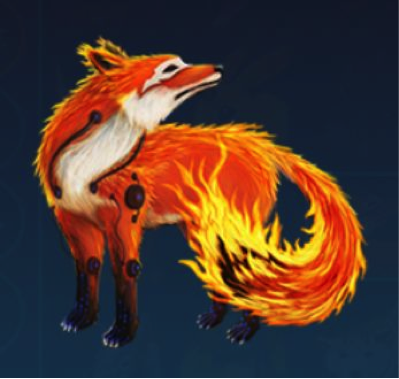 The Mozzy can only be caught on hot days, close to an office run by the Mozilla organization. This means, for a game that has players throughout the world, it is extremely difficult, sometimes impossible for the average person to capture a Mozzy.
The Mozzy can only be caught on hot days, close to an office run by the Mozilla organization. This means, for a game that has players throughout the world, it is extremely difficult, sometimes impossible for the average person to capture a Mozzy.
In the forums, people sometimes say, “This Summer my parents are taking me to San Francisco. I’m going to rent a car and drive down to Mountain View. Maybe I’ll catch a Mozzy. So excited!!”
In the screenshot I randomly took below, notice how desperate users are towards getting a Mozzy. All caps – “ILL DO ANYTHING FOR A MOZZY.”  Even though that seems pretty extreme, the desperate plea above is rightfully surpassed by the conversation below:
Even though that seems pretty extreme, the desperate plea above is rightfully surpassed by the conversation below:  Here, you see Vincent7512 claim (adjusted for capitalization), “I wish I had a single Mozzy, then, at this point in my life, I could die happy.”
Here, you see Vincent7512 claim (adjusted for capitalization), “I wish I had a single Mozzy, then, at this point in my life, I could die happy.”
Now, you would expect that, when someone says this, others would be like, “Common! Get a life! It’s just a game!”
But no. Three lines down, you see Valeriefox18 echo the same sentiment, “me too vincent 🙁 me too.”
Here is a community of players who are so desperate about getting Mozzy’s that instead of playing the game more, they hangout on the chat board just to mope about it and feel “connected” to one another (CD5 Relatedness).
Pretty extreme right? Another example of this within Geomon is the Laurelix, the magnificent golden phoenix.  In order to catch a Laurelix, you need to be at a location that has an extremely high temperature, possibly over 110 Fahrenheit or 40 Celsius, which means that at one point there were only 3 players in the entire world that had a Laurelix. As you can imagine, everyone wanted one too.
In order to catch a Laurelix, you need to be at a location that has an extremely high temperature, possibly over 110 Fahrenheit or 40 Celsius, which means that at one point there were only 3 players in the entire world that had a Laurelix. As you can imagine, everyone wanted one too.
Once, the company actually received a call from the mother of a player, saying, “My son has been sick for two whole weeks, and he said nothing could cheer him up unless he had a Laruelix. I don’t know what that is, but he said you had it. I’m willing to pay $20 for a Laurelix. Can you give that to my son?”
Interestingly, the Mozzy and Lauralix are not the most powerful geomons in the game – there are plenty of geomons that are more powerful than they are, but because they are so hard to get, the perceived value increased immensely, helping the game company better monetize their game.
The Stickiness of Scarcity
What’s amazing is that when something is this scarce, it has a tremendous amount of stickiness to it.
As an advisor for the company, I played the game for a while (Okay, more than a while), led the online communities, and helped the company redesign and rebalance the entire ability skill trees and combat systems. After that, I became a passive advisor, quit the game, and moved to my “other work.”
So for seven entire months, I haven’t been playing, nor thinking about the game (unless I’m having a meeting with their CEO and advising them on management and monetization strategies).
But one day, I was traveling to a foreign country for work, and I found myself at a place that was excruciatingly hot, to the point where if I’m just under the sun, I feel like I’m burning.
At that moment, instead of shouting or complaining about it, the first thing that came to my mind and mouth was, “I wonder if I could catch a Laurelix here…” This confused the people around me, as they are also sweating and suffering from the blazing heat.
Even though, again, I didn’t care about playing the game anymore and haven’t played for over half a year, because a Laurelix is so scarce, I naturally think that when I can capture one, I probably should get it. That’s the power of Scarcity.
Utilizing Smart Design in your Products
The above are just two Game Techniques in the Octalysis Framework, but already are powerful enough to help some companies make hundreds of millions of dollars. Keep in mind, because they are Black Hat Game Techniques (that are also Left Brain/Extrinsic Focused), users don’t necessarily feel good after the purchase and would sometimes feel demoralized after a while. It is your job as an experience designer to balance the experience out with both White Hat and Black Hat, as well as Left/Right (Extrinsic vs Intrinsic) game design techniques to engage your users.


